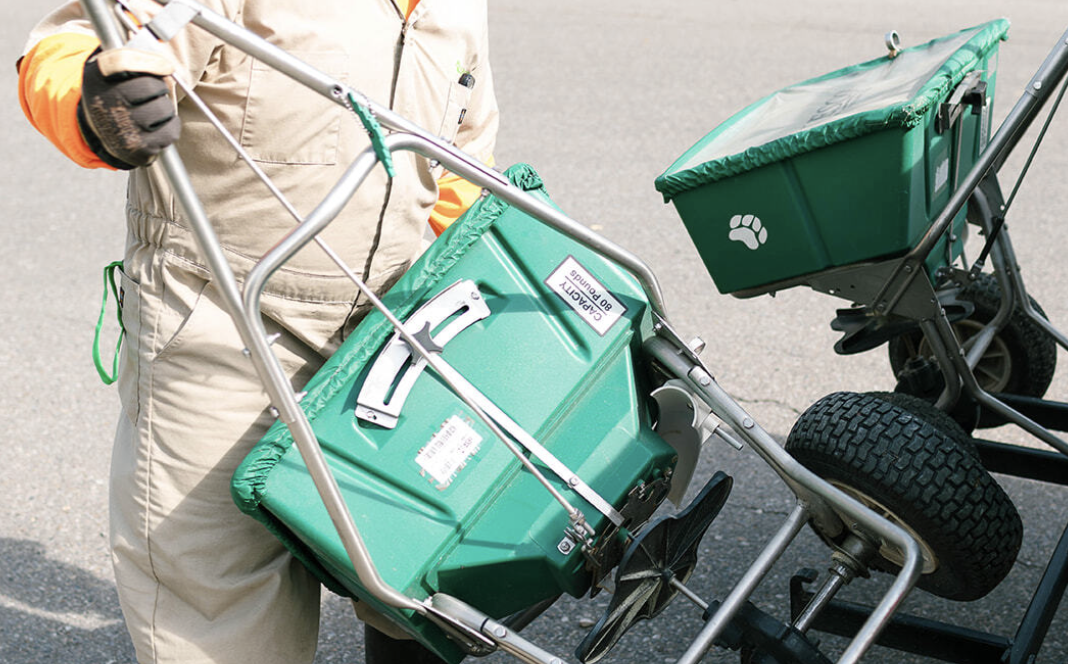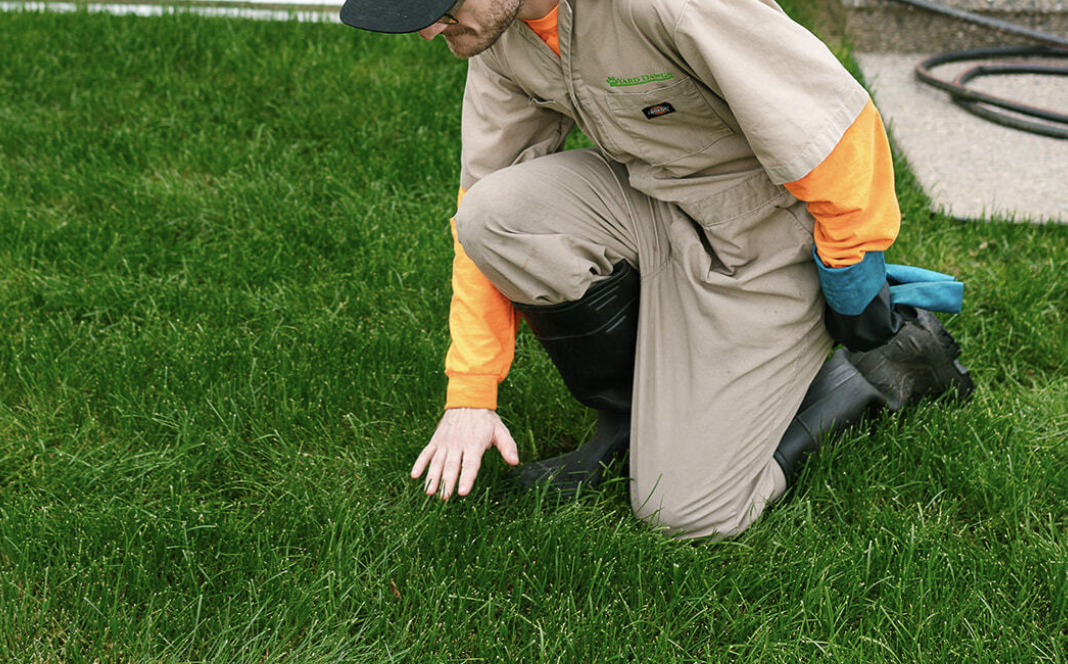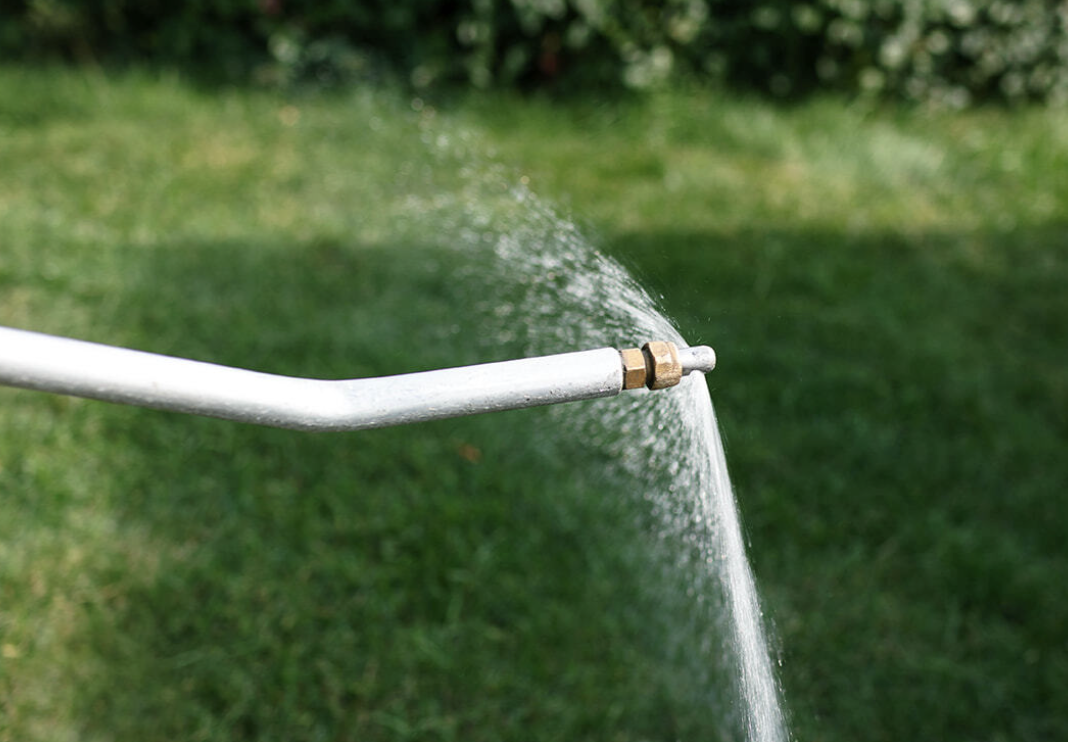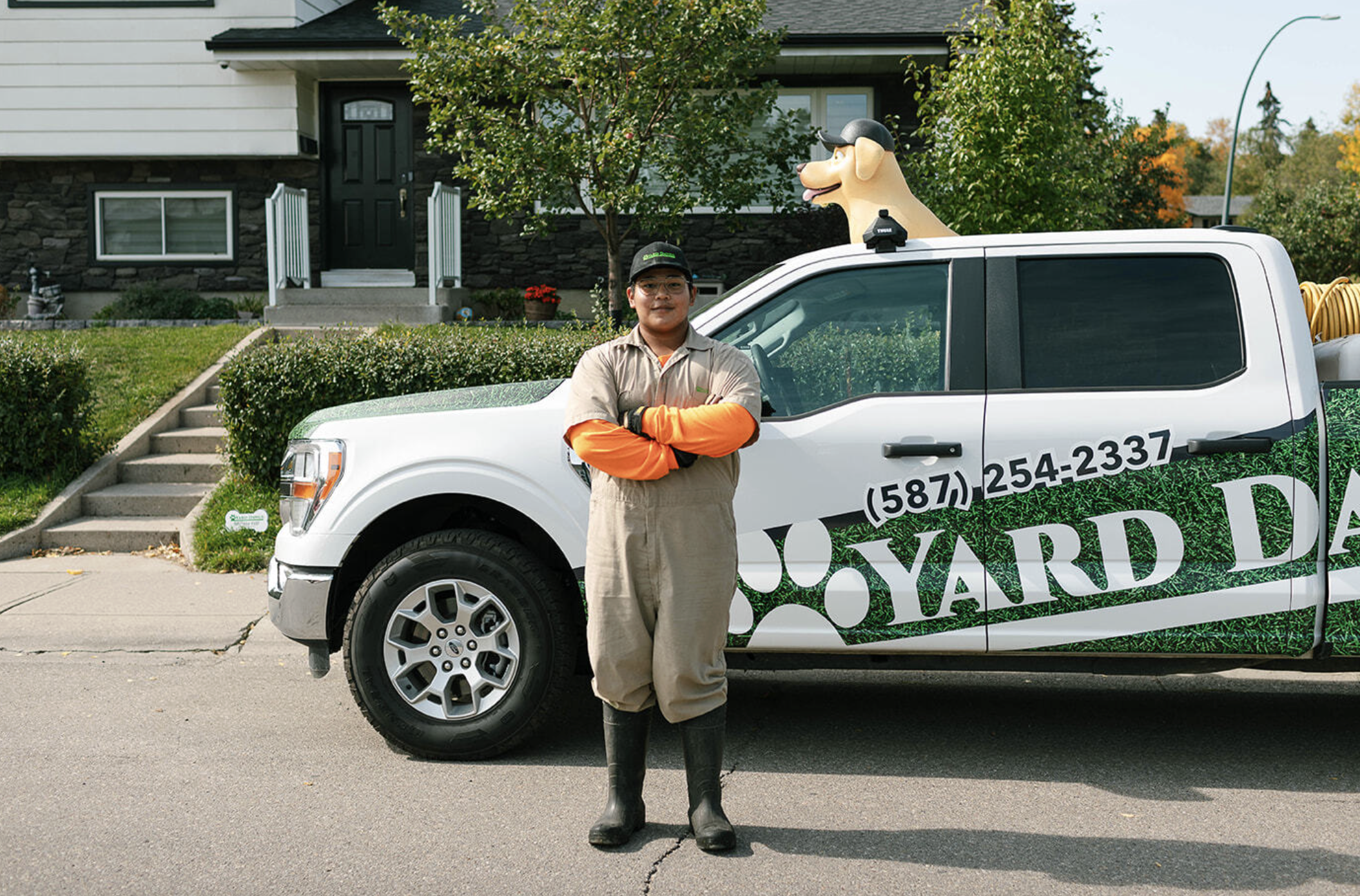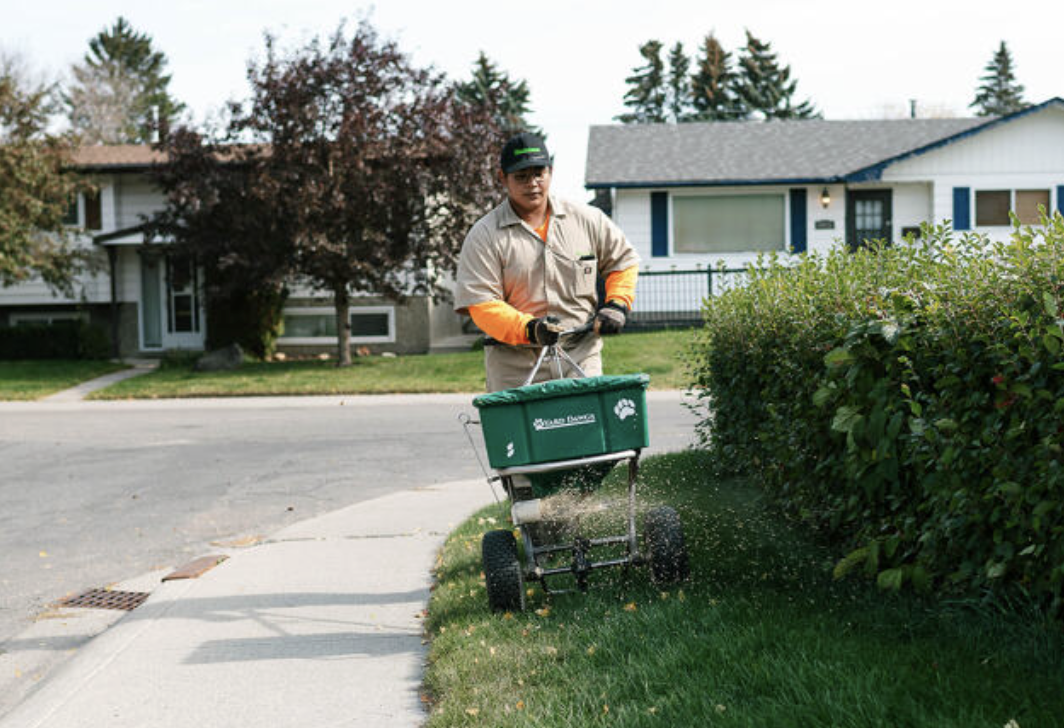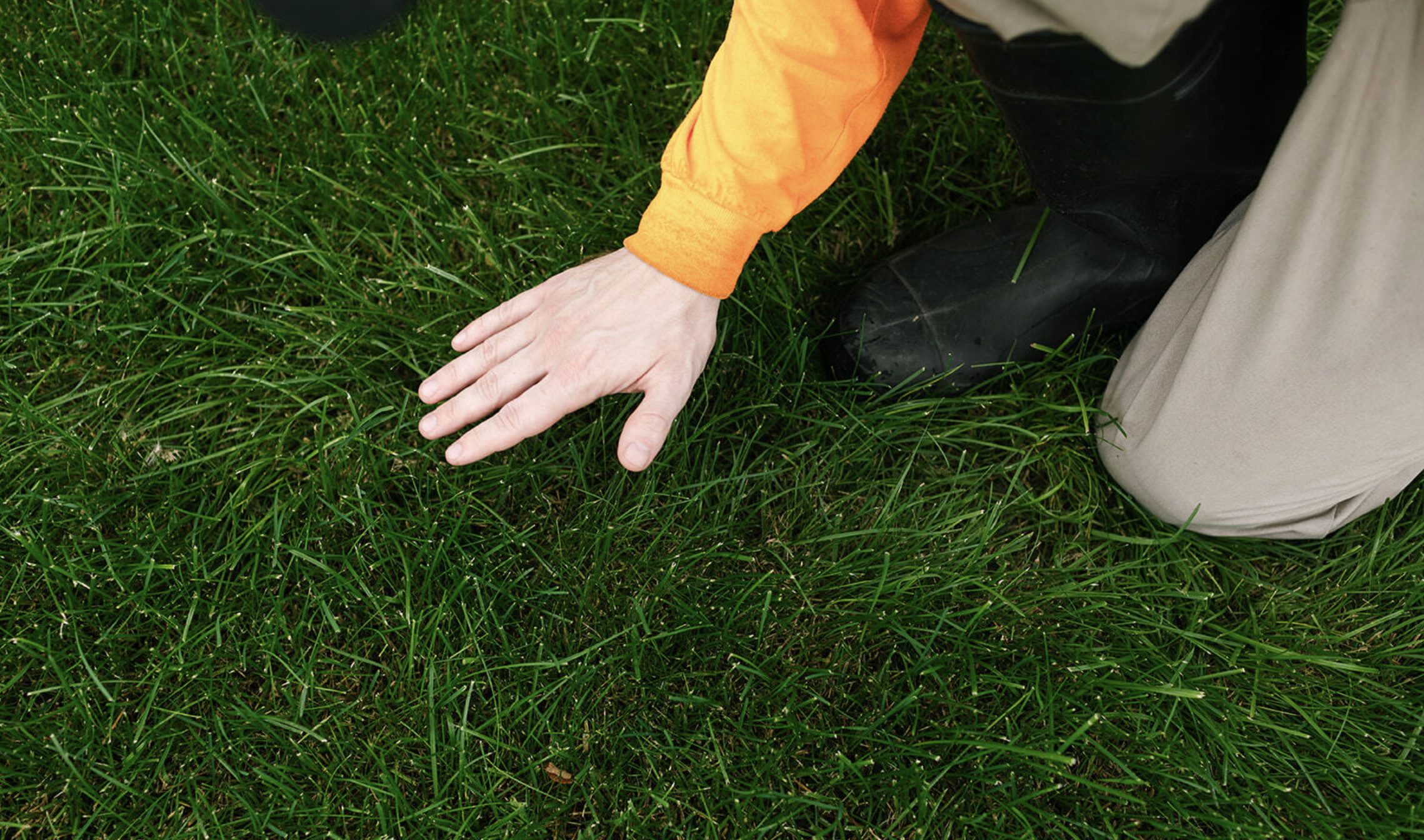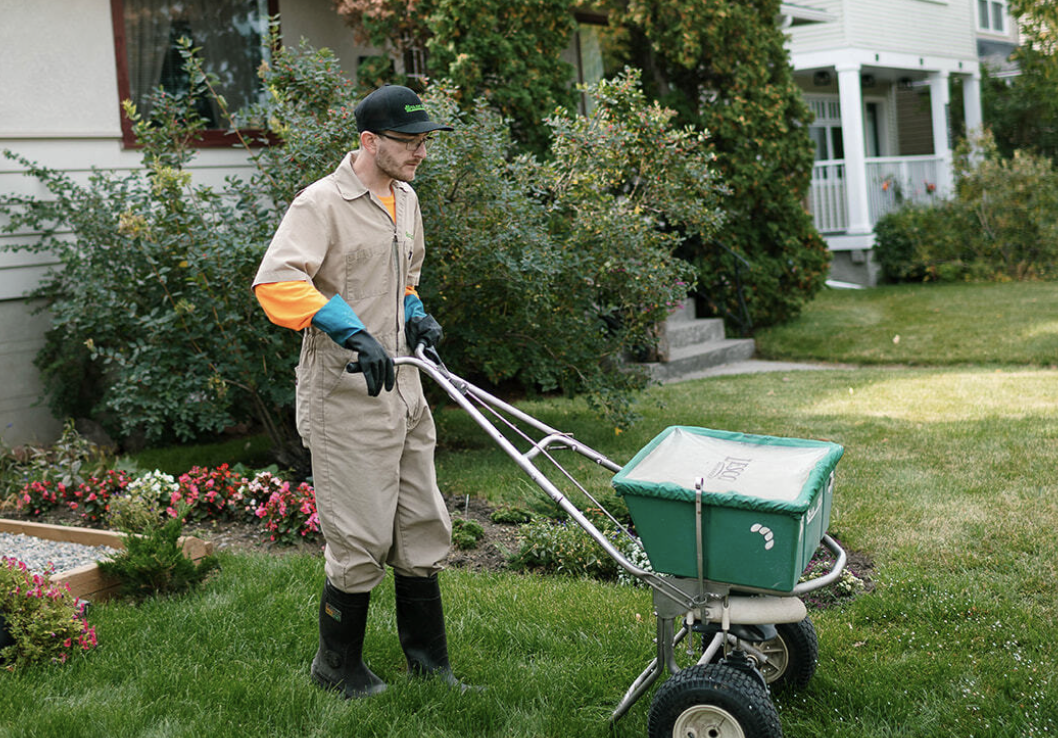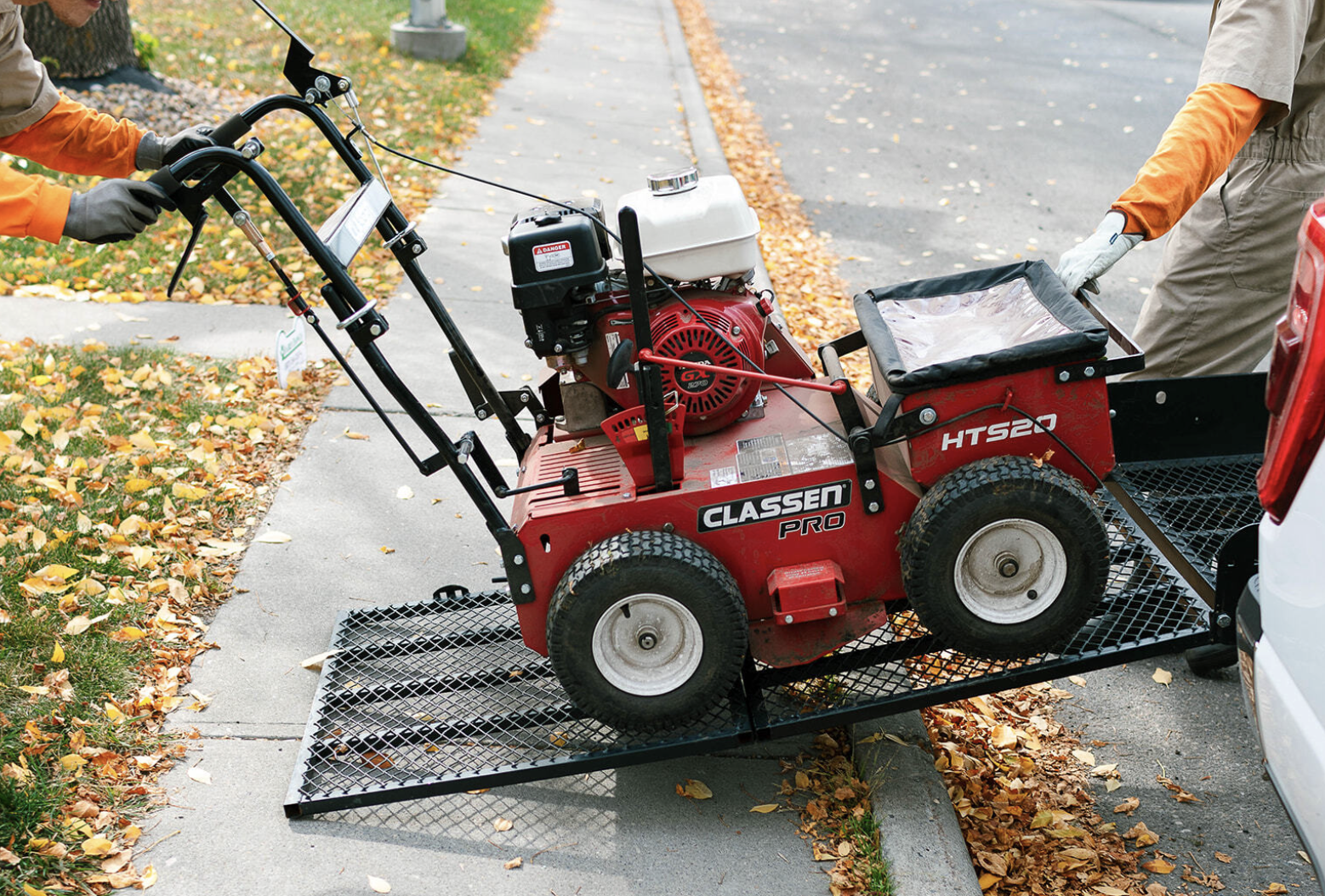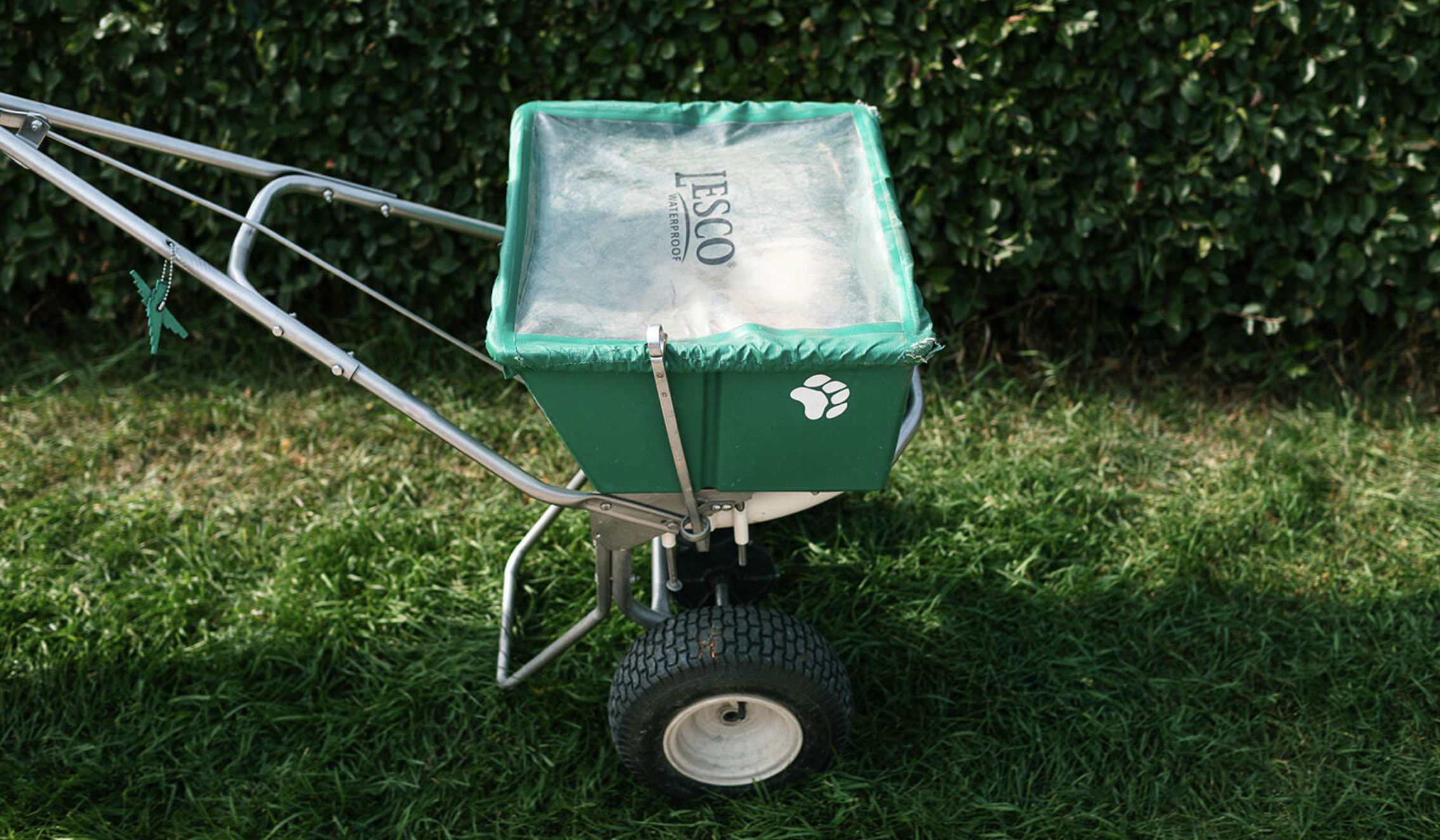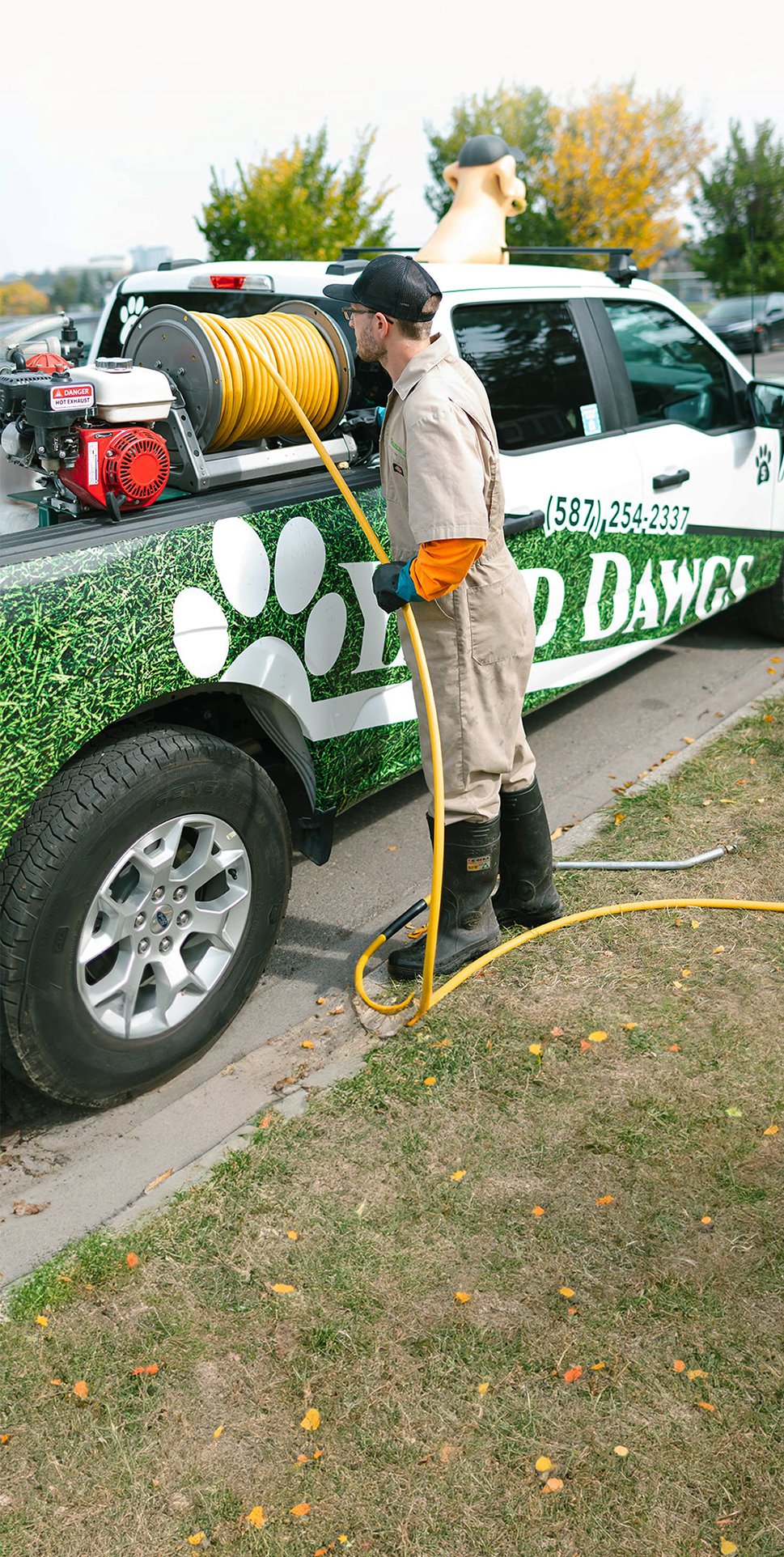Crab grass is a stubborn invader that can turn a lush green lawn into a patchy mess. It thrives in bare or thinning areas, especially during hot and dry periods. If you are struggling to get rid of it or prevent it from returning, it is important to understand which crab grass treatments actually work and which ones are simply lawn care myths.
In this guide, we break down the most effective treatment methods, explain common mistakes, and offer tips to keep your lawn crab grass-free throughout the growing season.

What Is Crab Grass?
Crab grass is a warm-season annual weed that typically germinates in late spring when soil temperatures reach about 55 to 60 degrees Fahrenheit. It grows low to the ground, spreads rapidly, and chokes out healthy turf grass by stealing sunlight, water, and nutrients. Because it dies off in the fall, many homeowners underestimate its long-term impact on lawn health.
Effective Crab Grass Treatments
Pre-Emergent Herbicides
One of the most effective ways to prevent crab grass is with a pre-emergent herbicide. These products form a barrier in the soil that stops crab grass seeds from germinating.
- Apply pre-emergents in early spring when soil temperatures start to warm
- Timing is critical, typically before the forsythia shrubs bloom or before your area’s last frost date
- Water the lawn lightly after application to activate the herbicide
Look for products containing prodiamine, dithiopyr, or pendimethalin. These are well-known for their ability to suppress crab grass before it becomes a problem.
Post-Emergent Herbicides
If crab grass has already appeared, a post-emergent herbicide can help control it. These work by targeting the weed’s leaves and stems after germination.
- Choose selective herbicides that target crab grass without harming your lawn
- Apply when the weed is young and actively growing for best results
- Avoid mowing right before or after application to maximize absorption
Look for active ingredients like quinclorac, fenoxaprop, or mesotrione. Spot treatment is often sufficient if only a few patches are present.
Thick, Healthy Lawn Maintenance
Crab grass often invades thin or stressed lawns, so proper maintenance is a powerful long-term defense.
- Mow at the proper height for your grass type to shade out weeds
- Water deeply but infrequently to promote strong root growth
- Fertilize appropriately to avoid under or overfeeding
Healthy turf acts as a natural barrier by outcompeting crab grass for space and nutrients.
Manual Removal
If the infestation is small, hand-pulling crab grass is a simple and chemical-free option.
- Remove the weed with its entire root system to prevent regrowth
- Use a weeding tool for better grip and precision
- Follow up by reseeding the bare spot to fill it in
This method is time-consuming but can be effective when used early in the season or in isolated areas.
Common Mistakes That Do Not Work
Waiting Too Long to Act
Many homeowners wait until they see crab grass growing before they take action. By that time, it is often too late for pre-emergent herbicides, and post-emergents may not fully eliminate mature plants.
Using the Wrong Products
Not all weed killers are created equal. Using a general herbicide not formulated for crab grass may have little effect and could damage your lawn.
- Avoid non-selective herbicides like glyphosate unless you are spot treating cracks in driveways or patios
- Double-check that your chosen product is labeled specifically for crab grass control
Ignoring Lawn Care Basics
Skipping mowing, watering, or fertilizing creates weak turf that is more susceptible to weeds. Treating crab grass without improving lawn health usually leads to a cycle of regrowth and frustration.
Overwatering or Underwatering
Both can stress your lawn and create ideal conditions for crab grass. Overwatering encourages shallow roots, while underwatering leaves the lawn dry and patchy. Strike a balance to support healthy grass.
How to Prevent Crab Grass from Coming Back
Apply Pre-Emergent Every Spring
Make it a yearly habit to apply pre-emergent herbicide. Even if you do not see crab grass this year, the seeds may remain dormant and sprout next season.
Overseed and Aerate Annually
Thicken up your lawn by overseeding with a hardy grass variety. Aeration improves soil structure, enhances root growth, and gives your lawn a competitive edge.
Follow a Lawn Care Calendar
Stick to a seasonal lawn care routine that includes mowing, watering, and fertilizing. Consistency is key to keeping crab grass out year after year.
When to Call in the Pros
If your crab grass problem is widespread or persistent, it may be time to get help from a professional lawn care service. They have access to commercial-grade products, specialized equipment, and expertise to identify and treat the issue effectively.
Professional services can also assess underlying lawn health problems, such as compacted soil or improper watering, and recommend tailored solutions that go beyond crab grass treatment alone.
Let the Experts Take Over
Crab grass can be tough to manage on your own, especially if it has already taken hold. Instead of spending your weekends battling stubborn weeds, let Yard Dawgs’ expert lawn care services take care of it. Their experienced team knows how to prevent, treat, and control crab grass effectively, leaving you with a thick and healthy lawn.


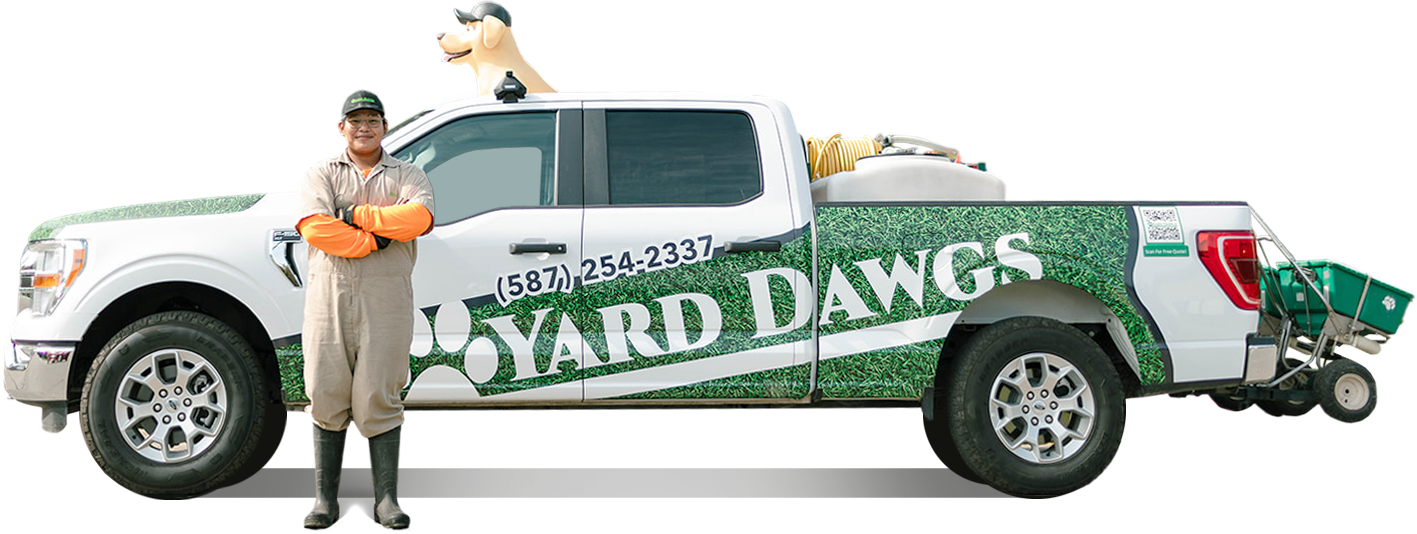


.png)
